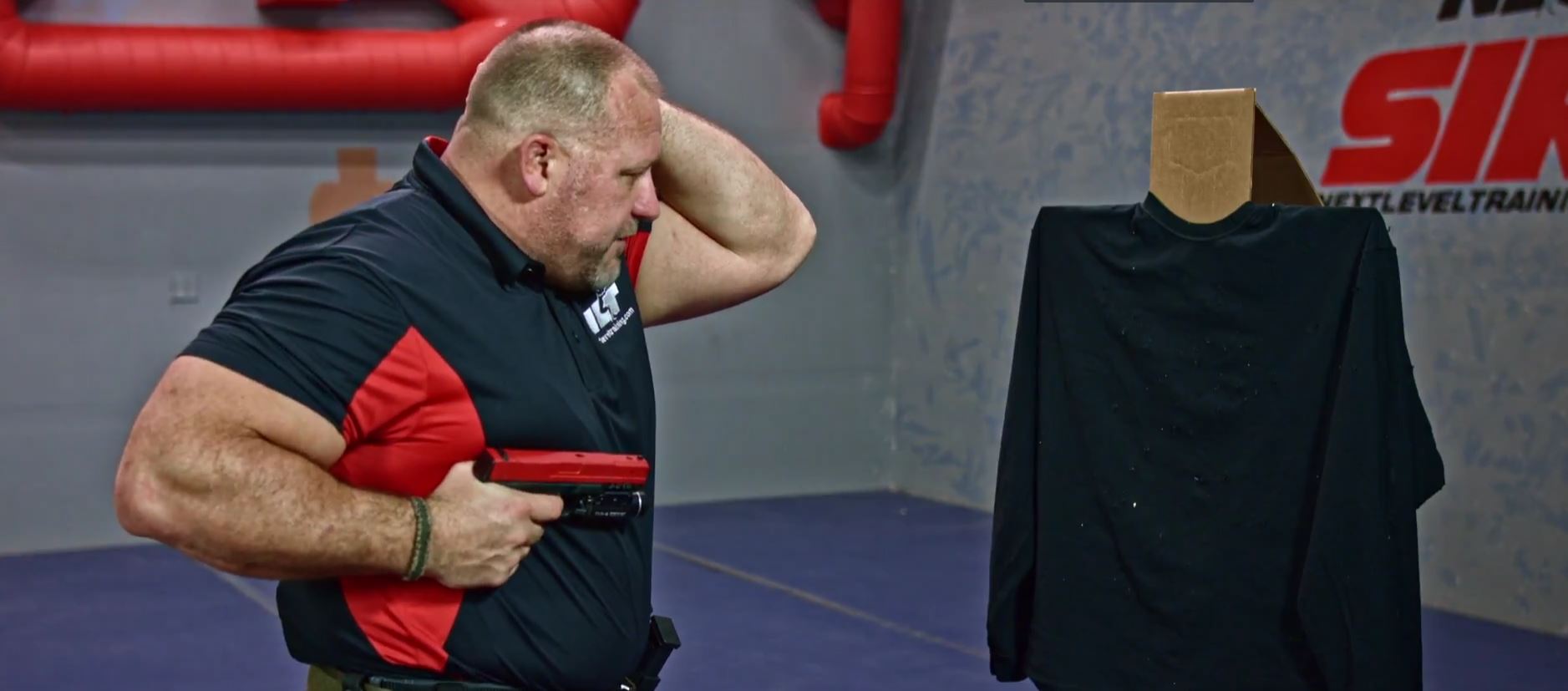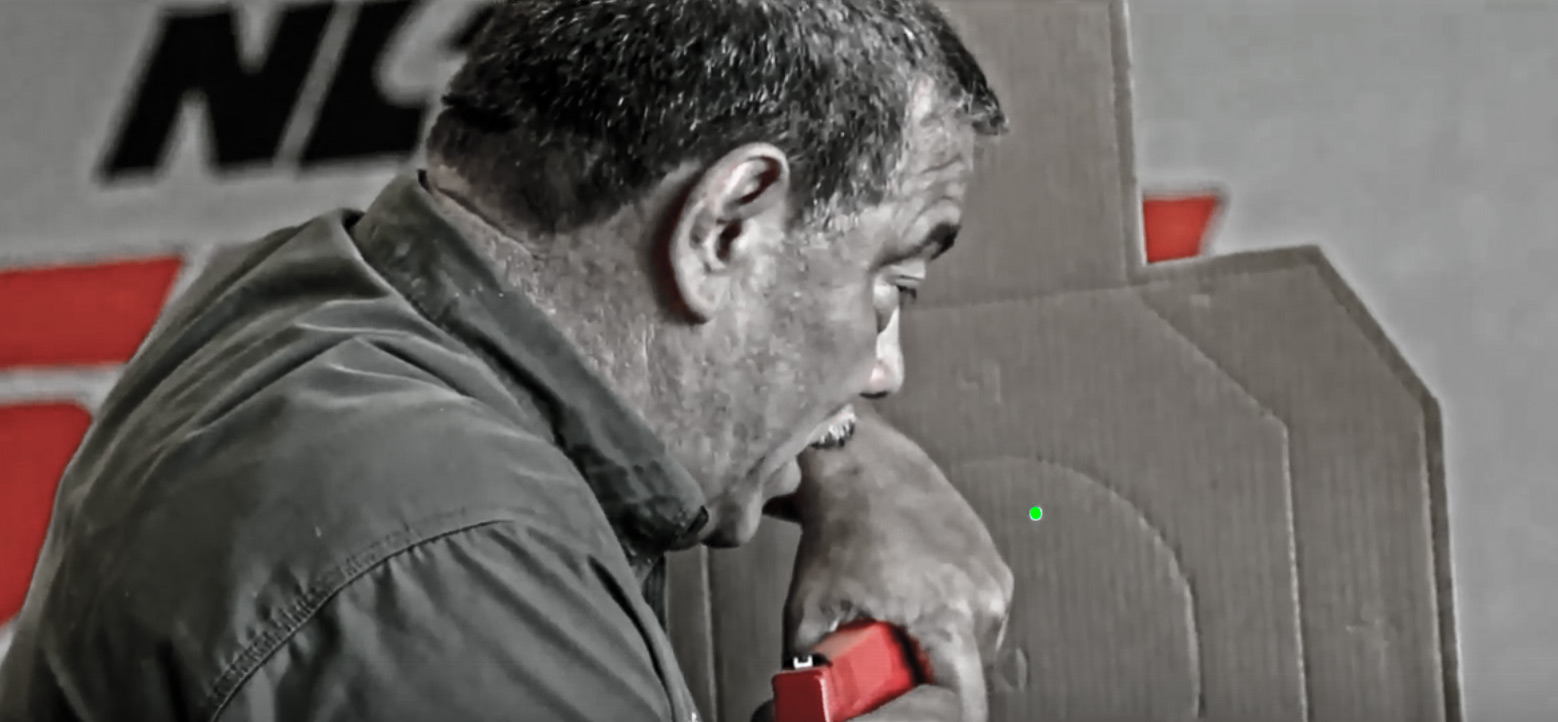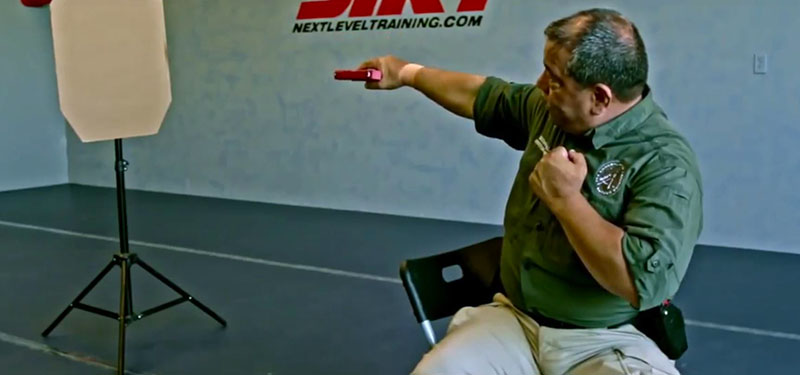
Stance Directed Fire
In this video training, Gary Drake goes over Stance Directed Fire, also known as Compressed CQB Fire. This method has been refined over the years through testing many different techniques. It is used for close quarters combat where you need to place rounds on an...

Close Quarters Weapon Retention
Close Quarters Weapon Retention Simulating a close quarters situation for practice can be difficult. There are many factors that aren’t present in traditional shooting when engaging a threat up close. Shooting accurately can be challenging enough on a range; when you...

Seated Draw to Address a Threat
When is the last time you trained manipulating a light source with your firearm? We are not asking what’s your favorite brand name of light. Not asking if you have a pistol mounted light or prefer a handheld light. We are not even asking what low light techniques you prefer; the question is when have you actually trained low light in some manner this year? If you have trained this important skill, great! However from our general (unscientific) surveys, we have found this is the one area of pistolcraft where shooters say its the most important skill and yet train it the least.
What better place to train lowlight than in your own home. Of course there is a lot of training material regarding low light, and different opinions whether to use a handheld light, light attach the pistol, etc., but some training is better than none. What better environment to train then your castle, at your convenience. As noted in the accompanying video, you know your own house and you can invest some time in training to know main entry points, where you can see reflections, the obstacles and use this information to your advantage.
Validate on the range:

Although we would love to train live fire at night, practically speaking, this is difficult. However, you can validate your grip on the range.
It’s very difficult to train low light live fire. Most ranges do not allow movement and shutting the lights off. However, you can train pistol manipulation and in particular shooting strong hand only and ensuring that you don’t get malfunctions. If you do get a malfunction, you can learn how to work through the malfunction as well manipulating your light source. You may learn that a malfunction is impossible or unsafe to clear with one hand using a light source. You may learn you want a pistol mounted light so you can use both hands. Either way the operative word is “learning,” you’re actually doing and learning more on this very important skillset.
Safety
Training has to be sustainable. And to be a stainable you have to have the highest safety protocols in place. Absolutely no ammunition when training in the house. Definitely switch on the trigger take up sensor to make sure you are not “trigger searching,” that is, feeling for the trigger with your trigger finger, when the lights are off. If you own a traditional SIRT 110 (having functional feature of the Glock 17/22), the lower red laser on your SIRT is activated when the trigger is fully prepped, that is, the slack of out and the trigger taken up and the trigger is pressed approximately halfway.
Our new SIRT 107 (having functional features of a Smith&Wesson M&P) has a new addition of an adjustable take up sensor where the lower red laser of the SIRT can be activated with less trigger travel. Either way, just make sure you keep your finger off the trigger until actually ready to shoot. We have anecdotally found that people are more prone to put their finger on the trigger when the lights go out. We have interface with numerous law-enforcement firearm instructors who deal with officers where lights go out and students instinctively put their finger goes on the trigger before they’re ready to shoot. So just be aware of this natural human tendency and mentally grind in, ALWAYS KEEP YOUR FINGER OFF THE TRIGGER UNTIL READY TO SHOOT.

Michael Seeklander executing a low light live fire drill
Where do I go from here?
Training.
Our good friend, Michael Seeklander, has a class on Low light at his American Warrior Society. If this important topic interests you, don’t hold back, jump into some training and dive deeper.
Let us know what you want to learn on this important subject?
